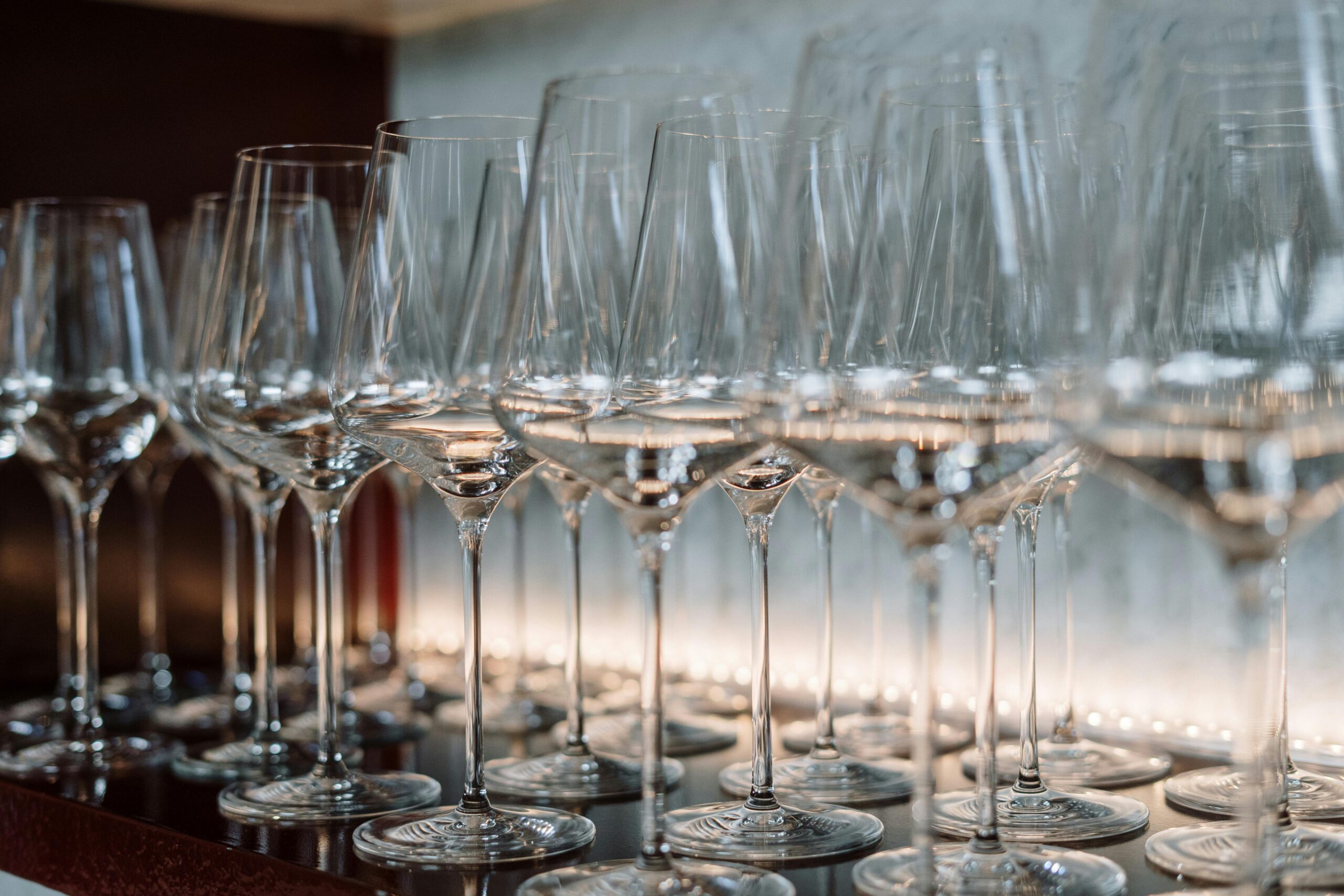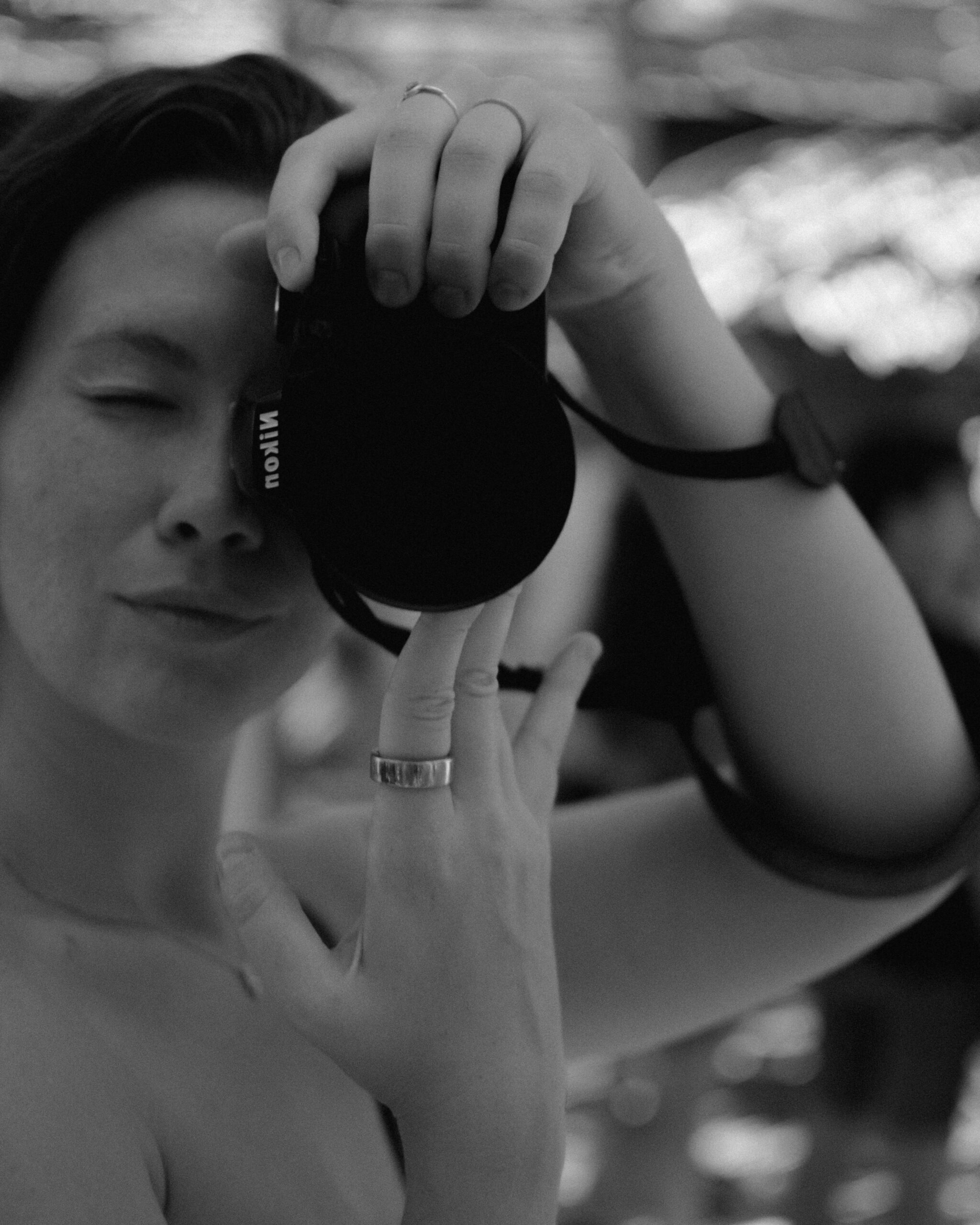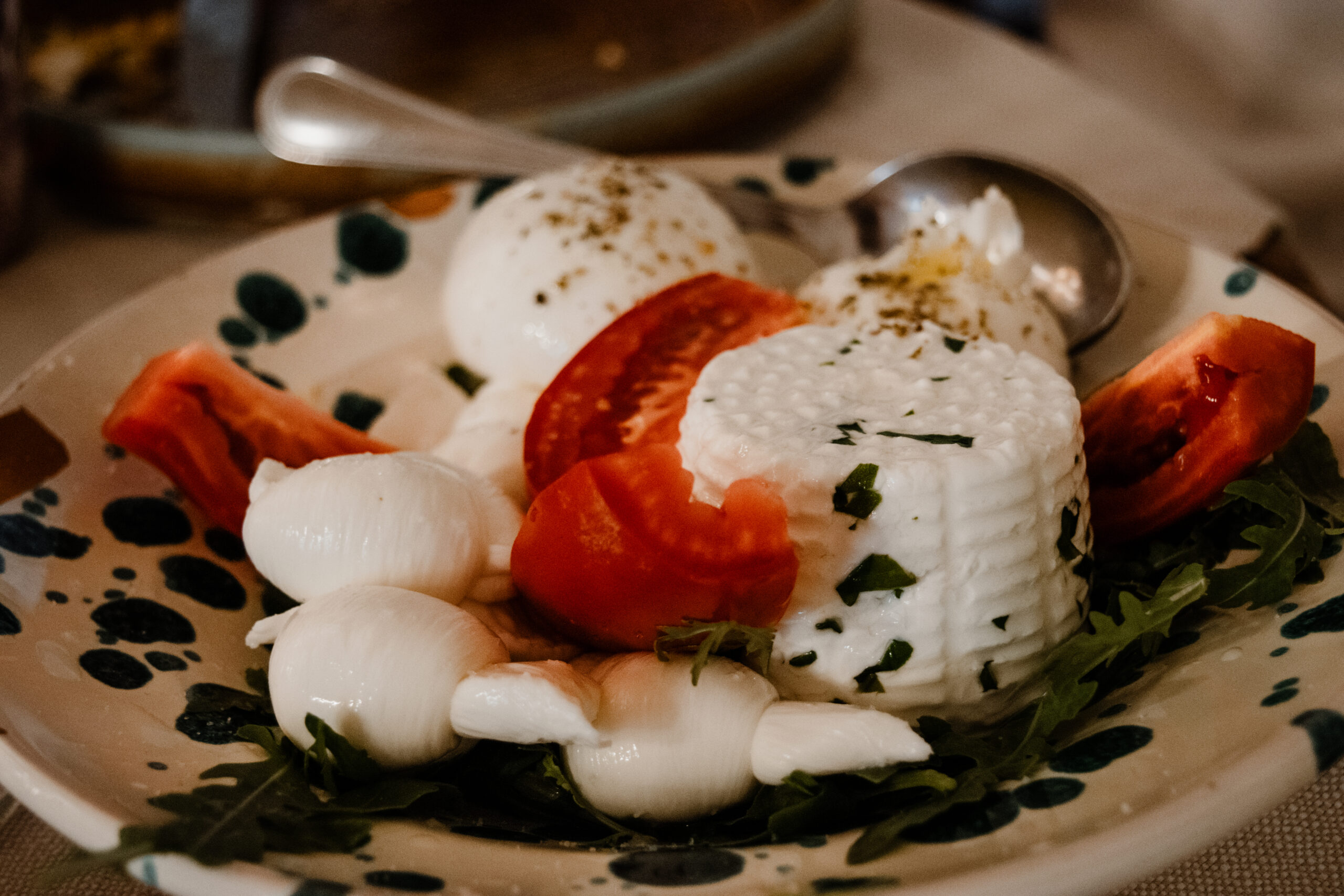My very southern Italian boyfriend says French wine is “like drinking flavored water.” And there is simply no changing his mind on that.
It’s a good thing our opinions differ on that front.
If you’ve ever found yourself scanning a wine list at a restaurant on Vivino and wondering why some folks are so particular about the age-old standoff between French and Italian wine, you’re not alone.
The rivalry between Italian and French wines isn’t exactly a secret. But it’s not just about the romance – the hair, the accents, the “suave-ness”, the swagger – there’s actually an incredible difference between the two.
The wine, I mean. But I’m sure you knew that.
It might feel a little overwhelming if you’re just getting into wine, but here’s the thing. Once you know what to look for (and more importantly, what to taste for), it gets a whole lot easier to pick your new favorite. So if you’re stocking your cellar or just want to sound like you know what the heck you’re talking about the next time you’re ordering a glass of wine, let’s jump into the basics of French and Italian wine and how you can tell the difference between the two.
Bringing it back to basics
France and Italy both have deep roots in old-world winemaking traditions. But the terroir – a fancy way of saying their unique mix of soil, climate, and elevation – is super different.
French wine is a bit more elegant.
It’s got more restraint, it’s softer, and it has a bit more structure. One thing I notice about most French wines is that they really prioritize bringing forward the terror over the fruit-forward tasting notes. The fruit is still there, but it is definitely more of a background player than the star of the show.
Italian wine, on the other hand, is bolder, brighter, and feels more rustic. But in the best way.
For these wines, we’re looking at high acidity, and really grippy tannins are common – meaning you’re going to feel them in your mouth, across your palate – especially in bottles from Tuscany or Piedmont. If you don’t know what I mean, it’s a similar feeling to drinking over-steeped tea. Not in flavor, but the dry feeling you might experience across the tongue.
Italian wines are meant to be had with food.
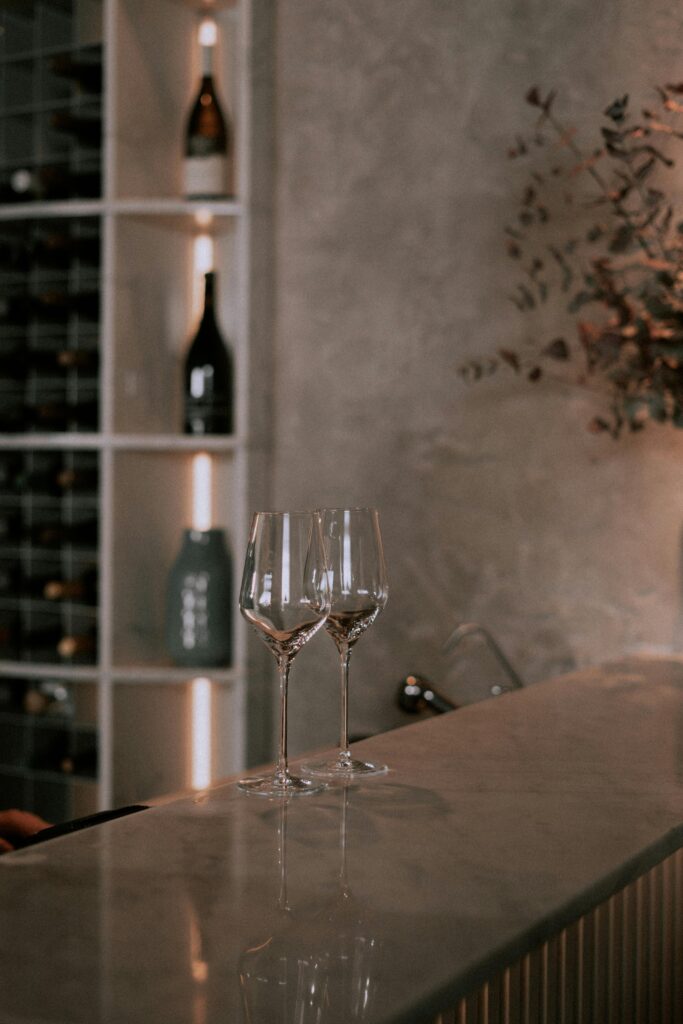
How to Taste the Difference Between Italian and French Wine
Now, here’s my favorite part: the tasting.
Here are five ways to tell whether your glass is more “Florence” or “Fronsac”:
1. Fruity vs. Earthy
With Italian wines, you’re going to get red cherry, plum, or dried herbs when you open the bottle. They’re super vibrant and acidic – which is part of the reason why a lot of folks will describe them as “crunchy” or “jammy”. French wines on the other hand, especially from Bordeaux or Burgundy, lean more into black fruit, earthy notes, and subtle spices – probably even a hint of leather and tobacco.
Basically, if the wine feels like it needs a plate of pasta or prosciutto to come alive, it’s probably Italian.
2. Acidity & Tannins
Italian wines are super high in acidity, which makes them perfect for food pairings (especially tomato-based dishes – hellooooooooo dreamboat). French wines typically have more structured tannins. Especially the wines from Bordeaux, but they usually feel more balanced when sipped solo. They’re kind of a lone wolf like that.
3. Alcohol Content
Many Italian reds, especially from southern regions like Sicilian Susamaniello or Apulian Primitivo, run higher in alcohol (think 14% and up – they’re packing a punch). French wines tend to hover around 12-13.5%, especially in cooler climates like the Loire or Champagne, and they taste a bit “lighter” as a result.
4. Labeling & Regions
Now this isn’t exactly a tasting tip – but I still think it’s helpful. When you’re walking down the isles of the wine shop, you’ll notice that French wines are typically labeled by region (think Chablis, Côtes du Rhône), while Italian wines can be labeled by grape (think Sangiovese, Negroamaro, Chianti) and region (like Barolo, or Super Tuscan).
5. Texture & Finish
French wines are really refined, smooth, and almost light in taste. Italian wines can be rustic and gritty, and linger with bolder, acidic flavor. This is probably the biggest difference, and once you start to take note – it’ll be hard to forget.
The Big Question – French Wine vs Italian Wine: Which One Wins?
Here’s the truth: neither is better, unless you’re asking my boyfriend. They’re just different – almost like comparing apples to oranges. My thoughts?
Choose French wine when you want something more balanced, elegant, or something to sip on its own.
Go Italian when you’re planning a meal and want a wine that’s unapologetically bold, acidic, expressive, and will hold its own with the food.
Personally? I keep both on hand because some nights call for a chilled Côtes du Rhône, and others are begging for the bite of a juicy Primitivo.
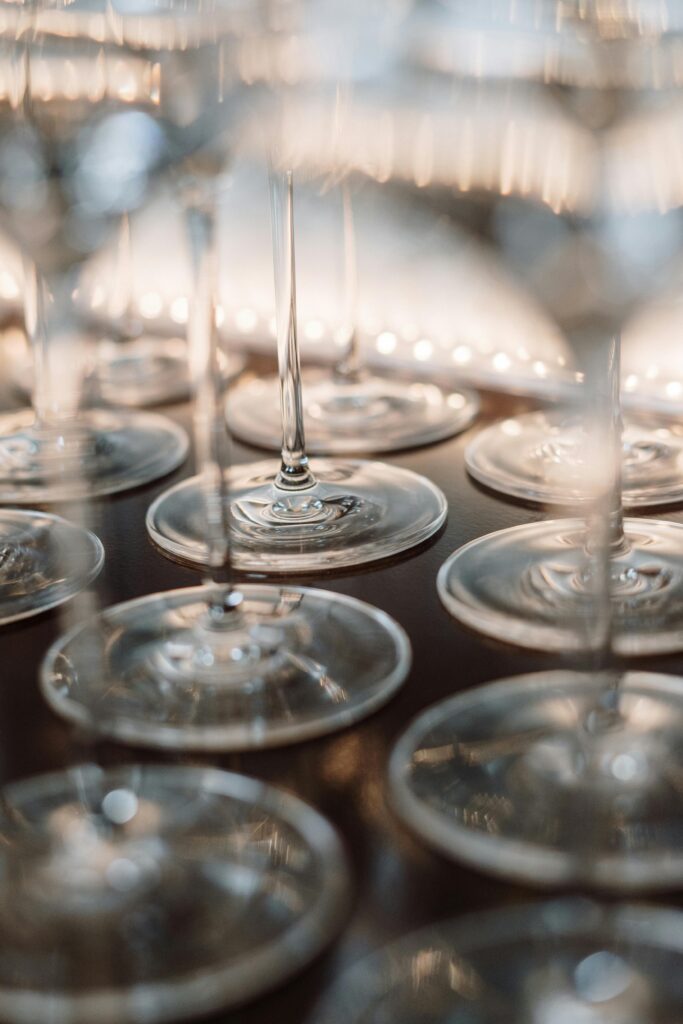
The difference between Italian and French wine isn’t just in the grape or the label. It’s in the feeling—the way one makes you want to slow down and savor, while the other demands to be shared over a table full of food and conversation.
And if you’re ever unsure which to choose?
Just remember: you’re not picking sides in a battle. Technically.
